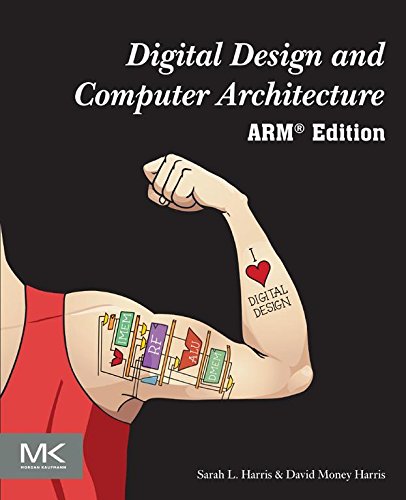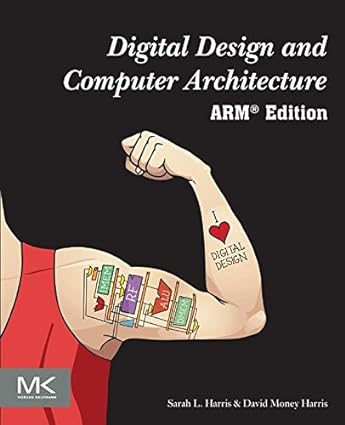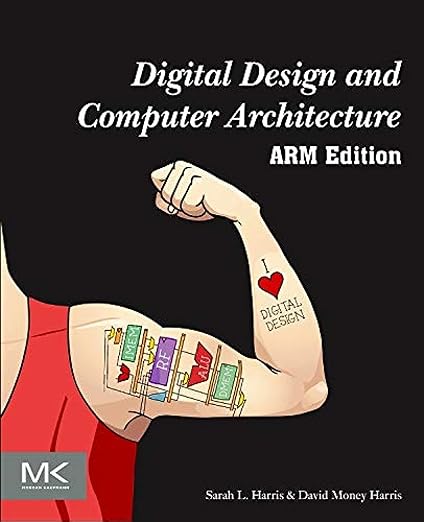
Digital Design and Computer Architecture, ARM Edition (PDF/EPUB Version)
$18.99
Digital Design and Computer Architecture: ARM Edition covers the fundamentals of digital logic design and reinforces logic concepts through the design of an ARM microprocessor. Combining an engaging and humorous writing style with an updated and hands-on approach to digital design, this book takes the reader from the fundamentals of digital logic to the actual design of an ARM processor. By the end of this book, readers will be able to build their own microprocessor and will have a top-to-bottom understanding of how it works.
Beginning with digital logic gates and progressing to the design of combinational and sequential circuits, this book uses these fundamental building blocks as the basis for designing an ARM processor. SystemVerilog and VHDL are integrated throughout the text in examples illustrating the methods and techniques for CAD-based circuit design. The companion website includes a chapter on I/O systems with practical examples that show how to use the Raspberry Pi computer to communicate with peripheral devices such as LCDs, Bluetooth radios, and motors.
This book will be a valuable resource for students taking a course that combines digital logic and computer architecture or students taking a two-quarter sequence in digital logic and computer organization/architecture.
- Covers the fundamentals of digital logic design and reinforces logic concepts through the design of an ARM microprocessor.
- Features side-by-side examples of the two most prominent Hardware Description Languages (HDLs)—SystemVerilog and VHDL—which illustrate and compare the ways each can be used in the design of digital systems.
- Includes examples throughout the text that enhance the reader’s understanding and retention of key concepts and techniques.
- The Companion website includes a chapter on I/O systems with practical examples that show how to use the Raspberry Pi computer to communicate with peripheral devices such as LCDs, Bluetooth radios, and motors.
- The Companion website also includes appendices covering practical digital design issues and C programming as well as links to CAD tools, lecture slides, laboratory projects, and solutions to exercises.
eBook features:
- Highlight, take notes, and search in the book




_kzrcgpfu62.jpg)







_hbpbqeiots.jpg)
_idmgqlrt91.jpg)
_czggxxd6hy.jpg)
_ay0l9q7pd9.jpg)





